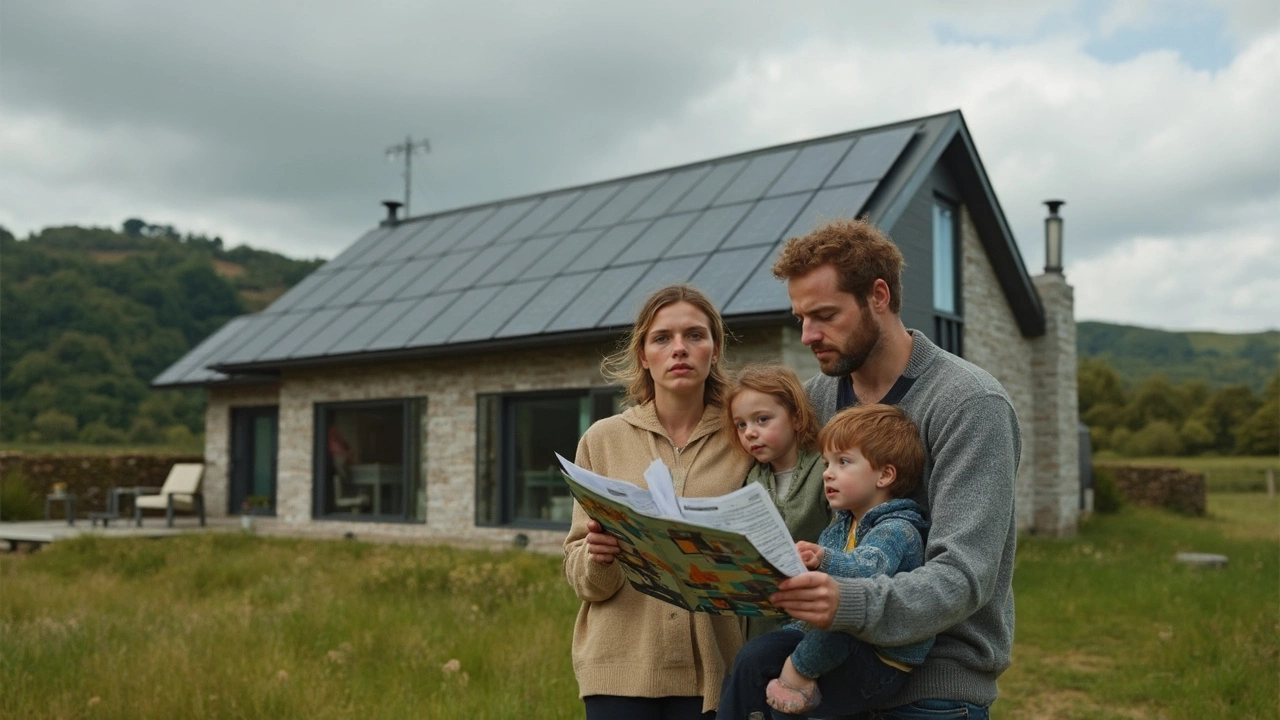Eco House Problems: What Goes Wrong and How to Fix It
Thinking about a sustainable home? You’re not alone. Eco houses promise lower bills and a smaller footprint, but they bring their own set of headaches. From hidden moisture to pricey upgrades, the challenges can feel overwhelming. The good news? Most issues have simple, budget‑friendly fixes you can start today.
Common Eco House Issues
First, let’s talk about the problems you’ll most likely run into. Many owners report excess moisture in walls and floors. Tight building envelopes that keep heat in can also trap humidity, leading to mold and bad smells. Another frequent gripe is insulation that doesn’t match the climate – too much can make a house over‑heated in summer, too little leaves you shivering in winter.
Ventilation is another tricky area. Passive houses rely on mechanical ventilation with heat recovery (MVHR). If the system is poorly installed or not serviced, you’ll see drafts, high energy use, and indoor air quality dropping. Finally, the upfront cost can bite. Eco‑friendly materials often cost more, and unexpected site conditions can push the budget beyond the original plan.
How to Tackle Them
Start with moisture control. Install a reliable vapor barrier beneath the slab and make sure your roof has proper overhangs. Use breathable wall finishes like lime plaster instead of airtight paint, which lets walls “breathe” and dry out naturally. A dehumidifier in damp rooms can be a quick win while you sort the bigger fixes.
Next, audit your insulation. Check the R‑value recommendations for your region and compare them to what’s actually installed. If you spot gaps, add blown‑in cellulose or sheep’s wool – both are eco‑friendly and easy to fit into existing cavities. Remember, more isn’t always better; look for balanced, layered insulation that handles both heat and cold.
For ventilation, schedule a professional check of your MVHR system at least once a year. Replace filters, clean ducts, and verify that the heat exchanger is still efficient. If your house uses natural ventilation, add strategically placed operable windows that catch cross‑breezes without compromising the airtight envelope.
When it comes to cost overruns, keep a detailed spreadsheet of material prices, labor, and any change orders. Look for local suppliers of reclaimed timber, recycled brick, or bamboo – they often cost less than brand‑new eco products and add character to your home. Also, explore government grants or green loans that can offset the higher initial spend.
Maintenance is the secret sauce for any eco house. Set up a quarterly checklist: inspect roof flashing, clear gutters, test seals around windows, and verify that renewable energy systems (solar panels, heat pumps) are performing. Small, regular checks prevent bigger, costlier repairs later.
Lastly, don’t forget the human factor. Talk to neighbours who have built green homes, join online forums, and share experiences. Real‑world tips from people who’ve faced the same issues are worth their weight in gold.
If you tackle these problems early, your eco house will stay comfortable, healthy, and truly sustainable. The journey might have a few bumps, but the payoff – lower bills, a lighter carbon footprint, and a home you can be proud of – is well worth the effort.

Disadvantages of Eco Homes: Hidden Costs, Maintenance, and Challenges
Eco homes sound perfect, but they're not flawless. Learn about hidden costs, tricky maintenance, and frustrating hurdles people rarely mention.
Continue Reading